Tangwei Village Ancient Architecture Complex
The Tangwei Village Ancient Architecture Complex is located in Shipai Town, Dongguan City. It was established during the Song Dynasty and, by the late Qing Dynasty, had developed into a settlement with an architectural layout centered around a village pond and bordered by ancient city walls, with streets arranged in a grid pattern resembling the shape of a well. The village covers a total area of 39,565㎡, built on a gentle slope that follows the natural terrain. The complex includes the village walls, watchtowers, inner lanes, ancestral halls, study rooms, residential houses, ancient wells, ponds, and old banyan trees, all together forming a cultural landscape of an agricultural village where families lived in clusters.
At the front of Tangwei Village are three fish ponds—one large and two small—which are designed in a way that symbolizes a giant crab guarding the village behind and the fertile fields in front. Since its founding, the village has been known for its rich educational tradition, and a distinctive feature of the village is the integration of private schools (study halls) with residential homes and ancestral halls. The complex currently houses around 268 ancient houses, 21 ancestral halls, and 19 study rooms. Among these, the most typical examples are the Le Ping Study Room, the Fengchi Residential House and Study Room, the Li Huizong Study Room, and the Baoqing Family School.
In 2002, the Tangwei Village Ancient Architecture Complex was designated as a cultural heritage site by the Guangdong Provincial Government. In 2006, it, along with Nanshe Village, was included in the sixth batch of National Key Cultural Heritage Sites. In 2007, Tangwei Village was named one of China’s "Top 100 Historical and Cultural Villages."

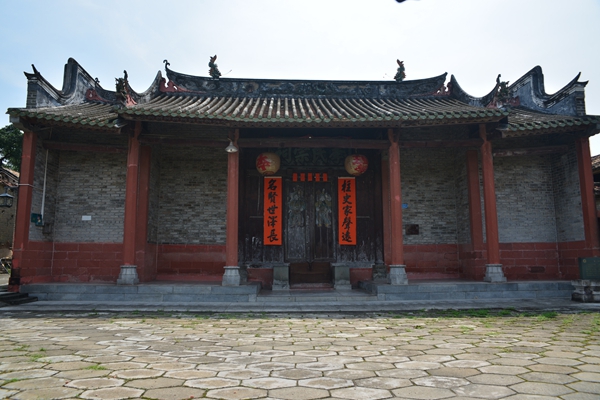

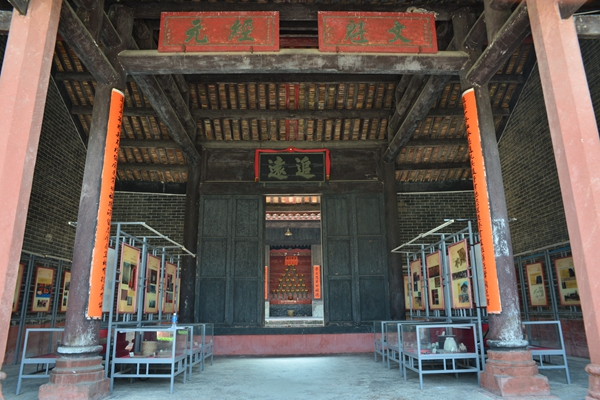

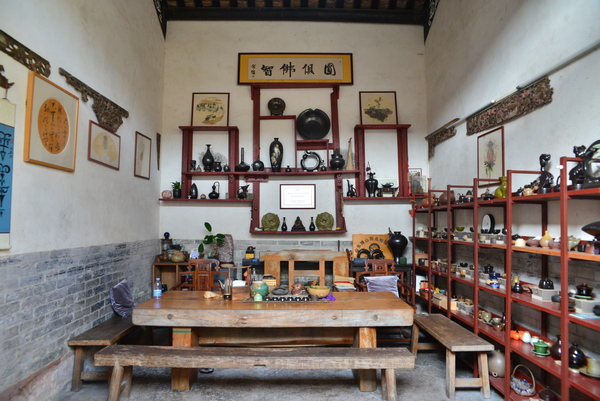
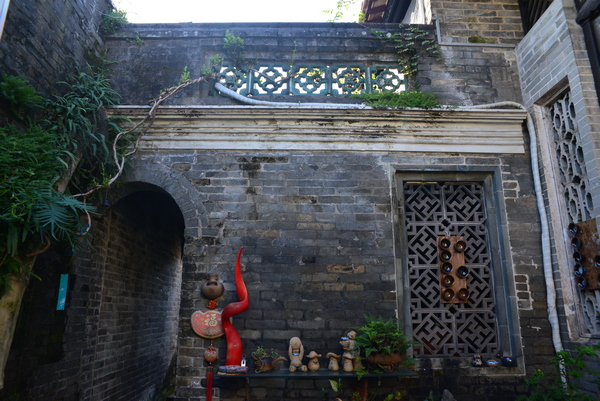
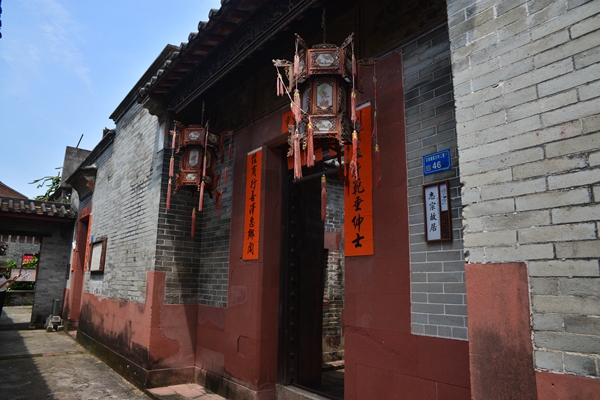

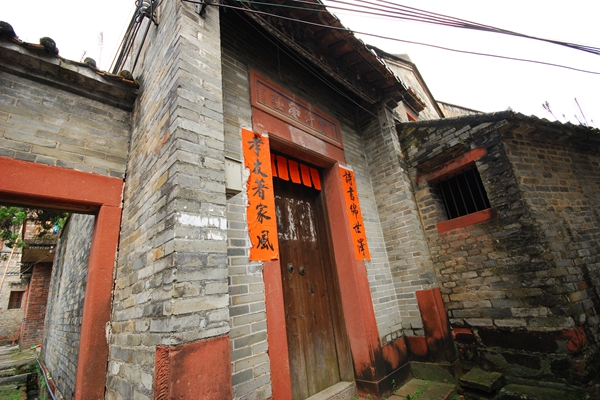
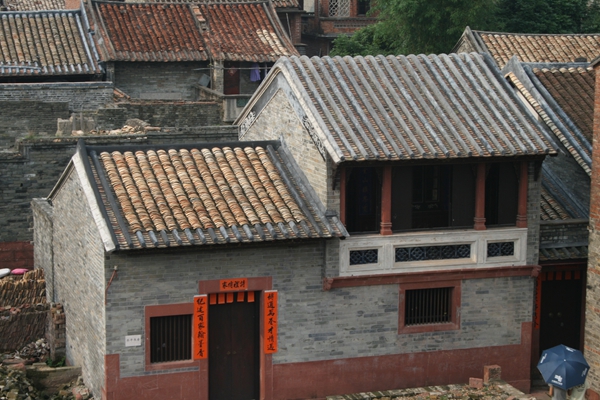
-
扫一扫在手机打开当前页









